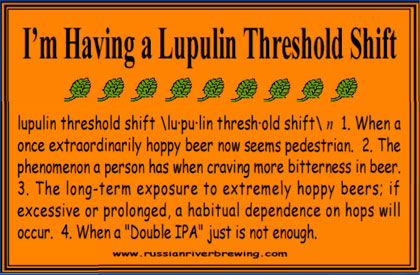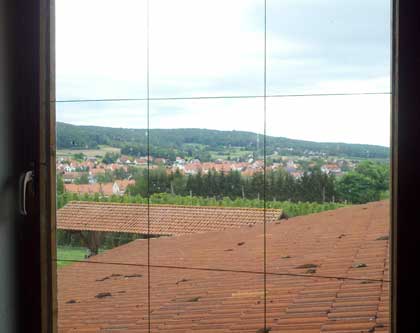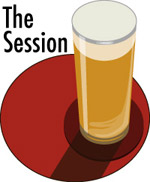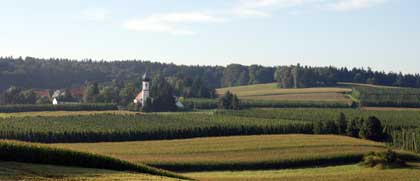
It’s been several years since Russian River Brewing co-founder Vinnie Cilurzo introduced the notion of “Lupulin Shift” and, in fact, he was talking about graduating from very hoppy beers to still hoppier ones.
I thought of this today as I was catching up on my reading, in this case an interview with Ken Grossman of Sierra Nevada Brewing from Shanken News Daily. In it he reiterated what we already knew: Sierra Nevada Torpedo Extra IPA is hot, with sales up 40 percent this year.
Just like at New Belgium, where Ranger IPA has lead growth and the well known Fat Tire Amber Ale has become a little bit less of a flagship. According to Impact Databank, Fat Tire accounted for 70 percent of New Belgium sales in 2008, 67 percent in 2009 and 60 percent in 2010. The biggest change last year was the introduction of Ranger IPA. New Belgium sold more than 50,000 barrels of it in 2010, 8 percent of production.
Sales of Sierra Nevada Pale Ale grew 1 percent in 2010, while overall production increased almost 9 percent (to 779,000 barrels). Thus, SNPA accounted for more than 76 percent of sales in 2009, and less than 71 percent in 2010.
A sign that a wider population of beer drinkers is now following a path littered with hop cones?


 Jon Abernathy has posted the roundup for
Jon Abernathy has posted the roundup for 